This site is supported by our readers. We may earn a commission, at no cost to you, if you purchase through links.
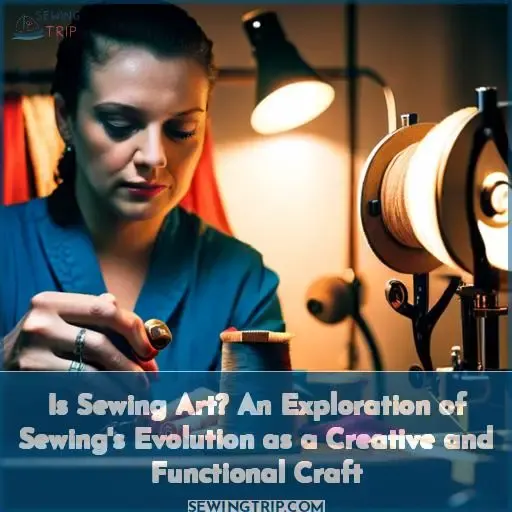 Did you know over 50 million Americans sew regularly?
Did you know over 50 million Americans sew regularly?
As a craft historian and sewing instructor, I see sewing as both an art and a craft.
While sewing began as a utilitarian practice, today it offers creative expression.
Join me as we explore the evolution of sewing from basic survival to artistic medium.
We’ll discover how movements and technology transformed sewing into a beloved hobby and unique art form that connects us to previous generations.
Sew on!
Table Of Contents
Key Takeaways
- Sewing originated as a functional craft out of necessity, developing highly skilled techniques over time.
- With industrialization, sewing machines enabled mass production of clothing but diminished the artistry.
- Environmental and social movements highlighted the impacts of fast fashion and sparked a revival of sewing as creative expression.
- Though sewing was once born of utility, it has evolved as both craft and art based on cultural values and the artist’s vision.
Defining Art and Craft
Art is the expression of creative skill and imagination, valued for beauty or emotional power.
Craft involves the skill in making useful things by hand.
Art is focused on originality, self-expression, and conveying intentions through symbolism and aesthetics.
The value of art comes from its beauty, meaning, and ability to evoke emotion in the viewer.
Craft is centered around utility and functionality.
The craftsperson’s skill is judged mainly on how well the object serves its practical purpose.
There’s overlap, as many works combine artistry and craftsmanship.
The distinction depends on the artist’s intentions and the cultural context.
Ultimately, both art and craft require skill and creative vision from the artist or artisan.
Sewing as Utility and Function
Your clothes’ ability to cover, support, and protect you defines their core utility and function:
- Protection from the elements – wind, rain, cold, heat – allowing survival in varied climates
- Covering for warmth and modesty
- Durability through preparation – reinforcement and mending
Clothing’s development enabled migration, making shelter possible beyond our natural climates. Sewing skills prepared early humans for new environments by creating functional items necessary for survival.
The core guidelines of utility and function drove sewing’s purpose, producing clothing and gear required for protection.
Sewing’s role, though, evolved as cultures developed to value beauty and meaning beyond pure necessity.
But practicality remained vital, guiding sewing’s functional essence.
Even when adornment took priority, stitching for durability remained essential.
Sewing for Beauty and Emotion
As we transition from sewing’s functional roots to exploring its artistic side, let’s consider how sewing allows for personal expression and creative freedom.
Though crafts often serve utility, sewing offers the chance to make aesthetic choices purely for their joyful, emotional impact.
Whether it’s the color, texture, or pattern of a fabric you select, you can channel artistic fulfillment into craft projects.
For those looking to tap into sewing’s artistic potential, classes to learn or improve sewing skills pave the way.
Here’s a table with beginner-friendly projects for flexing creative muscles:
| Project | Supplies Needed |
|---|---|
| Fleece Chinese Slippers | Fleece, elastic, ribbon |
| Fur Muff & Fleece Hat | Faux fur, fleece, elastic |
Through such starter projects, sewers gain expertise while also scratching that creative itch.
See where your own sewing journey leads—it may just end at artistic bliss.
History of Sewing as a Craft
Dating back to before the invention of yarn, garments were originally made by hand with bone needles and sinew thread, out of animal skins.
Sewing is one of the most ancient crafts, born of necessity in harsh environments where animal hides and furs were made into protective coverings.
As cultures developed textile production, decorative embroidery, applique, and other intricate hand sewing techniques evolved across the world.
Prior to industrialization, much sewing and garment construction happened domestically and locally, with various specialized crafts like hat or glove making clustered regionally.
With technological advancements like the sewing machine, garment construction shifted from a localized craft to the industrial scale.
Yet hand sewing persists globally both for utility and artistry, passed down through generations and traditions as an emblem of culture and craftsmanship.
In the modern era, sewing encompasses high tech mass production as well as artisanal practice, but traces its lineage back to the very origins of human innovation.
Sewing Revolutionized by Machines
After hand-sewing’s heyday, the 19th century’s sewing machine invention fueled garment production’s mass manufacturing and fast fashion emergence.
Different sewing machine models allowed greater precision and efficiency in garment construction, transforming fashion and its accessibility to the masses.
Multi-hole presser feet and other creative attachments expanded construction possibilities, opening new creative frontiers.
The home sewing revolution of the 1930s-1950s transformed women’s lives, providing occupational opportunities but also reinforcing traditional gender roles.
Postwar economic shifts and changing social mores led home sewing to decline in later decades as off-the-rack clothing prevailed.
Yet specialty threads, creative trims, and limitless pure whimsical giftables kept home sewing’s tiny creative ember burning.
From activism-inspired DIY to today’s maker culture revival, sewing circles still gather to master machines and materials.
Linking past generations to the future, each stitched strand contains stories of hardship and progress on the neverending road to empowerment.
Environmental and Social Movements
You then saw in the late 1980s how Patagonia’s founder Yvon Chouinard exposed the environmental impact of pesticide-grown cotton, promoting organic farming and corporate responsibility.
As a sewing instructor invested in responsible textile production, you felt heartened learning how brands like Patagonia pioneered fleece made from recycled plastic bottles.
Consumer awareness grew regarding labor abuses, pollution from textile factories, and landfill waste.
You admired Patagonia’s activism, urging customers to buy less while mending clothes and swapping used gear on WornWear.
Inspired, you launched community sewing classes upcycling secondhand textiles into one-of-a-kind creations.
Your charitable projects donating blankets to shelters created cherished heirlooms carrying positive change.
Through global partnerships supporting artisan cooperatives abroad using natural dyes and handweaving techniques, your small business modeled mindful production.
Branding your upcycled craftwear as slow fashion, you attracted customers appreciating your commitment to people, planet, and animals.
| Movement | Impact | Solutions |
|---|---|---|
| Labor | Worker exploitation | Fair trade |
| Environmental | Pollution, pesticides | Organic cotton |
| Anti-consumerism | Textile waste | Upcycling |
The Rise of DIY Sewing
Having witnessed the growth of corporate responsibility, you may have felt compelled to take matters into your own hands.
Thus emerged the DIY movement in the 1990s – do-it-yourselfers who, inspired by Fair Trade, took ownership of the creative process.
Seeking transparency, many sewed clothes using organic fabrics and dyes.
Vintage garments were often upcycled and reworked in pursuit of self-expression.
With creativity unleashed, sewing became an outlet for individuality.
Yet guidance remained necessary to develop skill.
Successful sewers still consult patterns and catalogs for techniques like custom dressmaking and soft furnishing fabrication.
Groups like the Sewing & Craft Alliance also unite creative communities.
So while DIY restored the freedom sewing once held, mastery depends on continued development.
With practice, your needle can create anything imagination allows.
Frequently Asked Questions (FAQs)
What are some good beginner sewing projects to start with?
Try starting with simple projects like pillows or tote bags.
Focus on learning fundamental stitches before moving to more complex garments.
Choose beginner-friendly patterns with minimal pieces.
Take your time, be patient with yourself, and don’t worry about perfection at first.
The joy is in the process.
Where can I find sewing patterns and supplies?
Check craft stores, fabric shops, thrift stores, and estate sales for patterns.
Online retailers offer new and vintage options too.
Support small businesses if possible for unique finds and expertise.
With some creativity, almost anything can become sewing supplies.
Happy hunting, fellow stitcher!
How do I thread a sewing machine and what stitches should I use?
The world of wonders awaits you, perched high upon your sewing throne, my friend.
First, turn the tension dial right away – not too tight!
Now, glide the thread across and down, then back up again before you begin.
For practice, straight stitches are best; zigzag later when you’re more at home.
What tools and equipment do I need for basic sewing?
You’ll need sewing needles, thread, scissors, a seam ripper, straight pins, measuring tape, fabric chalk or markers, a rotary cutter with mat if working with larger pieces, and an iron and board for pressing as you go.
Choose quality tools; cheap ones will frustrate and slow you down.
Start with fabrics like cotton calico to practice basics before moving to trickier materials.
How can I fix common sewing mistakes like uneven seams or puckered fabric?
Stay calm and take your time.
Check your tension, thread, needle size, and stitch length.
Make small adjustments and press seams.
With practice, your hands will learn the movements for smooth seams and wrinkle-free fabric.
Conclusion
As you stitch the final seam, reflect on the rich tapestry sewing has woven through the ages, binding us to the artisans of the past.
Though born of necessity, with each creative stitch, we carry forth sewing’s evolution as both craft and artistic expression, connecting thread to thread across the generations.
Our needles give voice to the universal language of creativity.

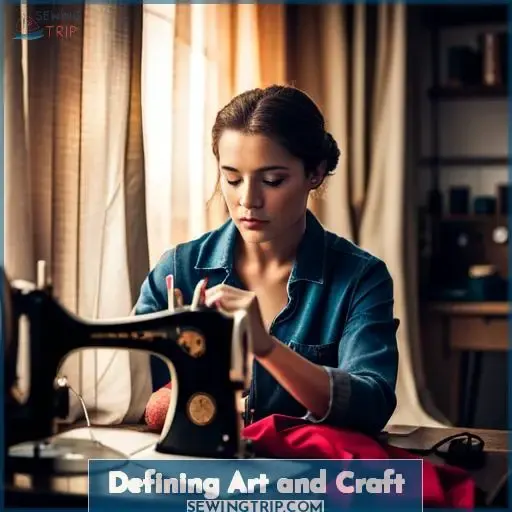
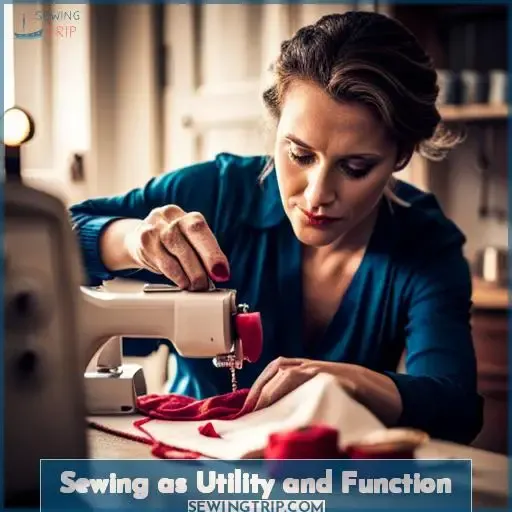
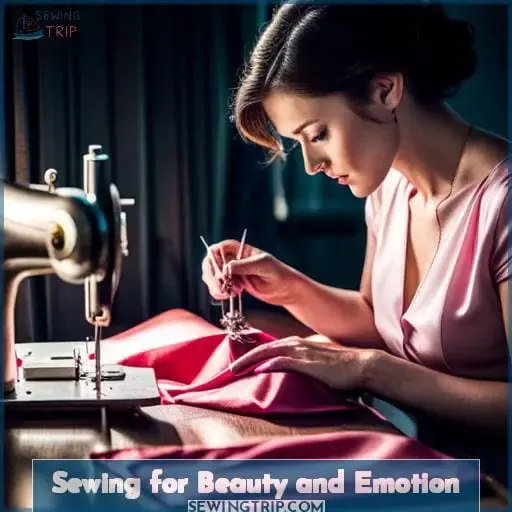
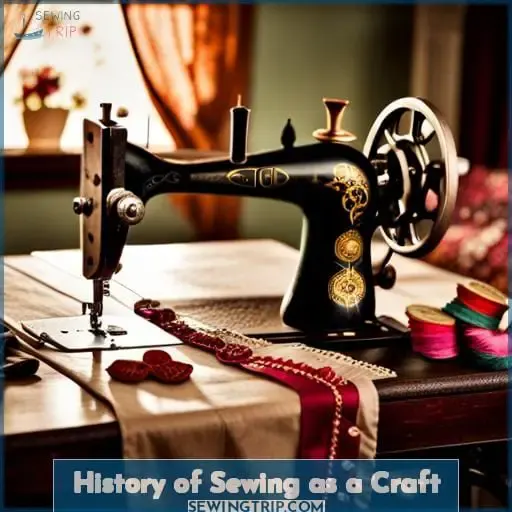
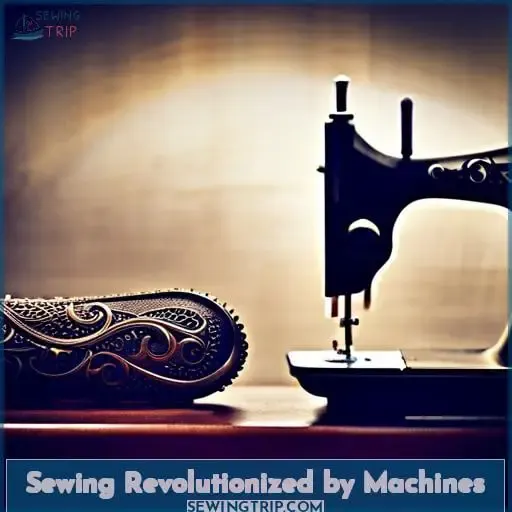
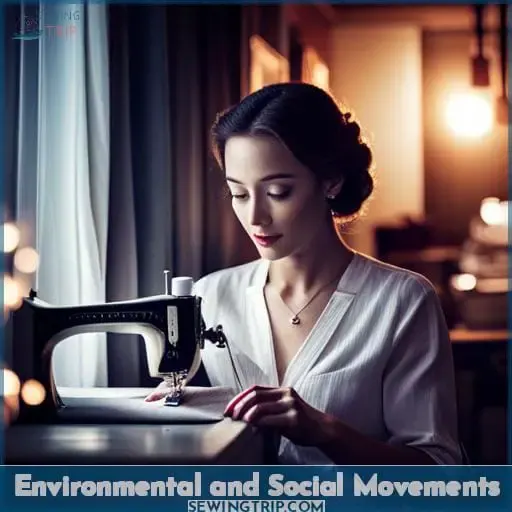
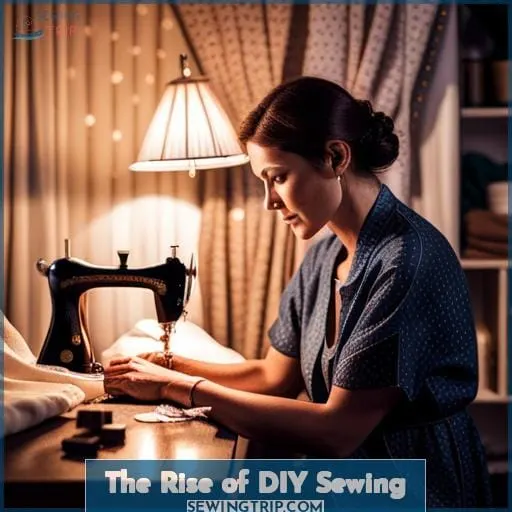






Memory
March 6, 2025 at 03:13 PM
As a student doing a study on the potential of sewing skills programs in improving and reducing unemployed youth. This was very helpful.